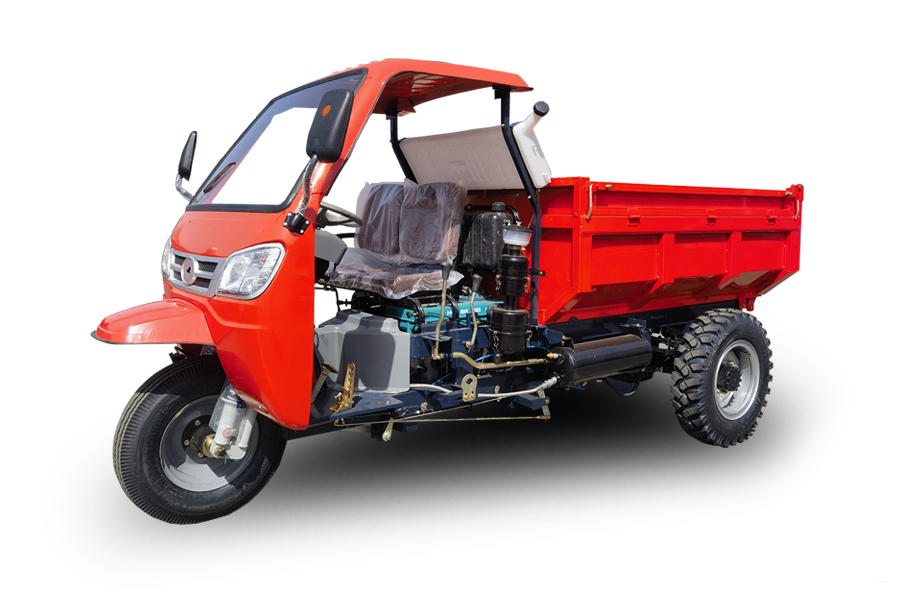Diesel tricycles have been a mainstay in multiple industries, renowned for their strength and practicality. Looking ahead, several exciting development directions are emerging.
Technologically, engine optimization is a top priority. Advanced fuel injection systems, such as common-rail technology, are being adopted widely. This enables more precise fuel delivery, leading to enhanced power and better fuel efficiency. Operators can expect up to 15% improved fuel economy in newer models, cutting down on costly fuel expenditures. Turbocharging is also making its mark, significantly increasing torque and making tricycles more capable of handling heavy loads, be it construction materials or agricultural produce. Transmission systems are evolving too, with automated manual transmissions (AMTs) growing in popularity. AMTs combine the best of manuals and automatics, reducing driver fatigue during stop-and-go traffic, ideal for urban delivery scenarios.

In terms of environmental sustainability, manufacturers are taking big strides. Selective catalytic reduction (SCR) systems and diesel particulate filters (DPFs) are becoming standard. These technologies drastically reduce harmful emissions like nitrogen oxides and particulate matter, ensuring diesel tricycles can meet strict environmental regulations. Moreover, the exploration of alternative fuels is in full swing. Biodiesel, produced from renewable sources, is already being used in blends, with potential for higher percentages in the future. Hydrogen-enriched diesel and hydrogen-fuel-cell-hybrid systems are also under research, promising zero-emission options down the line.
The digital revolution is reaching diesel tricycles as well. Telematics integration allows real-time tracking of vehicle location and performance. Fleet managers can monitor fuel consumption, engine temperature, and receive instant alerts for maintenance needs, streamlining operations and minimizing downtime. Connectivity features like Bluetooth for hands-free calling and Wi-Fi hotspots for navigation apps are enhancing convenience. Vehicle-to-vehicle (V2V) and vehicle-to-infrastructure (V2I) communication technologies are being explored to boost safety.
Customization is another trend. Modular design with interchangeable components lets users adapt tricycles to specific tasks. In agriculture, a modular cargo area can be swapped for different hauling requirements. Personalization options, from custom paint jobs to branded decals, are also available, making diesel tricycles not just a vehicle but a statement.
In sum, the future of diesel tricycles is bright, with advancements in performance, sustainability, technology, and customization set to transform them into even more indispensable assets across industries.
Click to view the latest diesel tricycle
